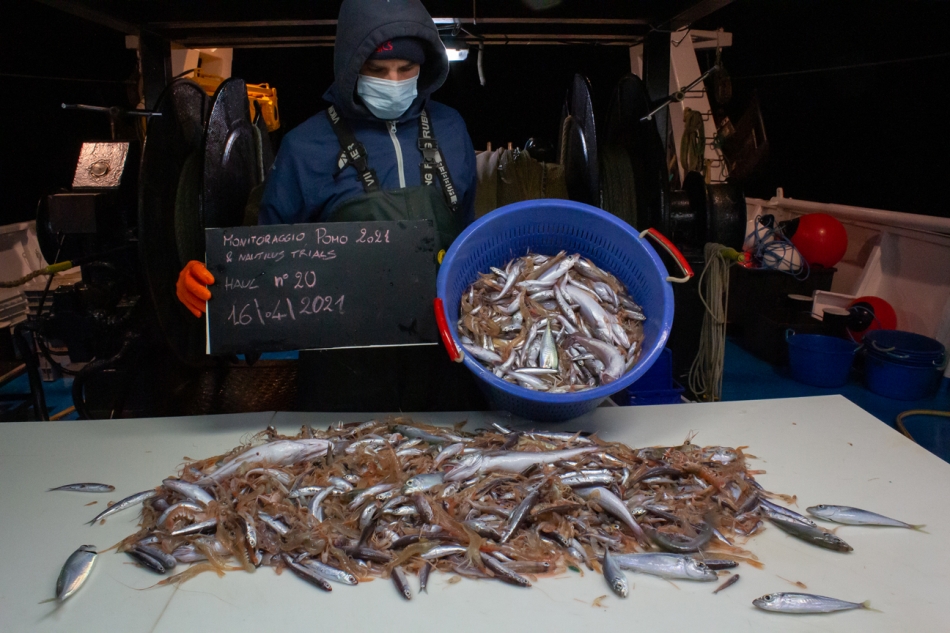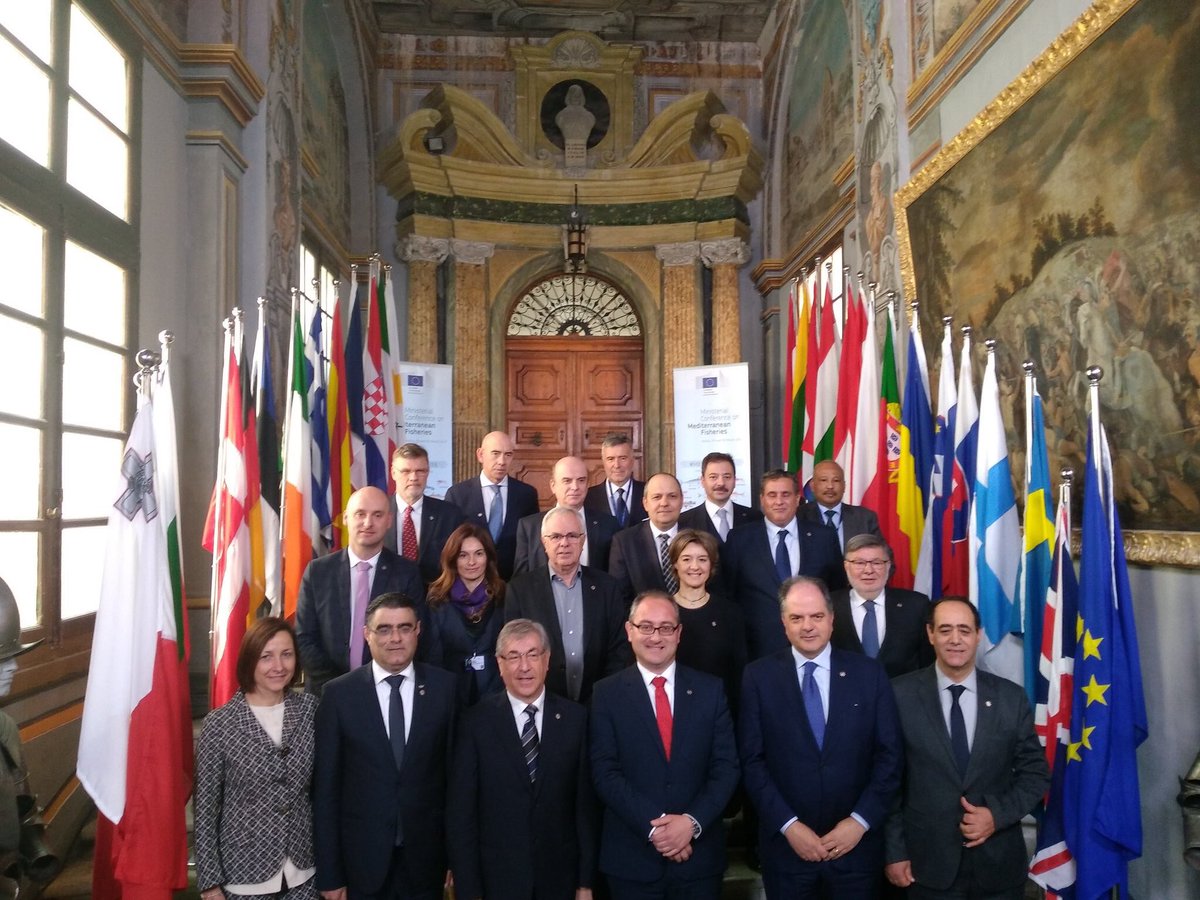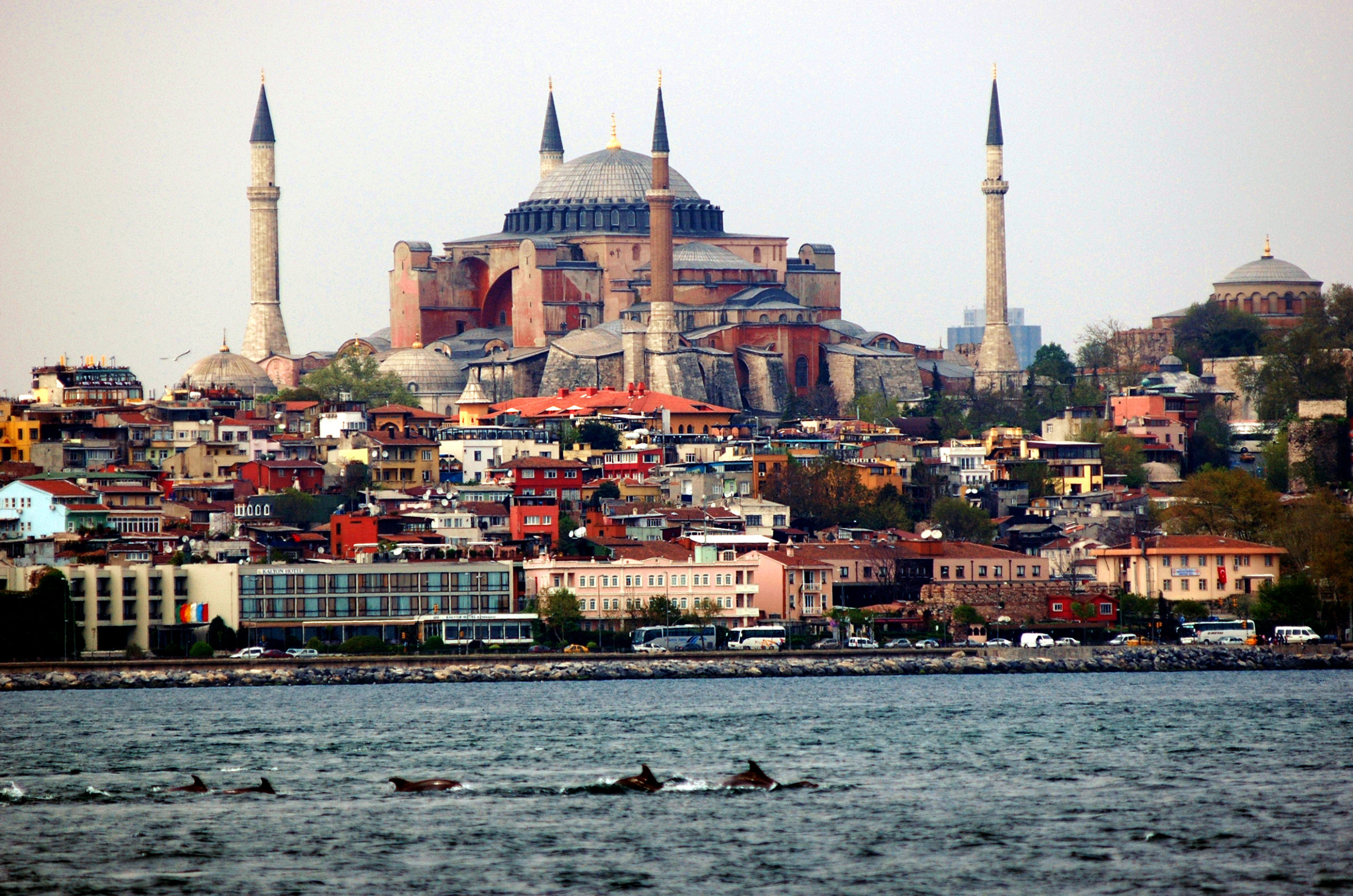Romeo Mikičić has been fishing in the azure waters of the Adriatic Sea for more than 40 years.The father of two is passionate about the sea and comes from generations of fishers who lived on the island of Cres, one of more than a thousand islands in the Republic of Croatia that depend on fishing.
But in recent years, Romeo and other fishers in the Mediterranean have begun to fear for their future. Local stocks of fish and crustaceans, the source of their livelihoods, had been hard hit by overfishing and climate change.
“Fishing in Croatia is very important. You could fish very well in the 1990s and early 2000s, but then the fish became increasingly scarce,” says Romeo, who heads a national Croatian association representing 200 trawlers. “We had to import fish to increase supplies in the area, especially in the summer months during the tourist season.”
For decades, FAO has advocated for a new approach to manage the use of Mediterranean’s precious marine resources and preserve the fish stocks and other resources that are a lifeline for hundreds of thousands of people.
FAO has been leading efforts and assisting countries to promote sustainable fisheries and aquaculture in both the Mediterranean Sea and the Black Sea through the General Fisheries Commission for the Mediterranean (GFCM) and a network of field projects like AdriaMed and MedSudMed. The stakes are high. According to the GFCM’s The State of Mediterranean and Black Sea Fisheries 2020 report, 75 percent of fish stocks are impacted by overfishing.
“We want to ensure the fish reproduce before being caught because this is essential for the sustainability of fisheries in the long-term,” says Elisabetta Betulla Morello, FAO fishery resources officer for the GFCM.
Managing fisheries is complex as many aquatic species move across international boundaries, especially in response to climate change. Two groundbreaking FAO projects are becoming a model for co-operation towards sustainable resource use and conservation: AdriaMed in the Adriatic Sea and MedSudMed in the central Mediterranean.
A bilateral agreement between Croatia and Italy to protect specific stocks and their habitats in the northern Adriatic was the main outcome after 15 years of scientific studies and consultations, involving various governments, the European Union, scientists, fishers and non-governmental organizations. This process was promoted by FAO and the countries through AdriaMed.
As a result, the GFCM countries established a Fisheries Restricted Area (FRA) in 2017. Now permanent, it is recognized across the region as a model for cooperation and efficient spatial management.
Focused on the waters around the tiny volcanic Croatian island of Jabuka, the FRA effectively creates a no-go fishing zone across a 1 400-square kilometre area known as the Jabuka/Pomo Pit, a spawning ground for European hake and Norway lobster. Bottom trawling is permanently banned and other fishing activities are restricted at certain times of the year. Fishery inspection and coast guard vessels conduct patrols and enforce restrictions in an effort to reverse the decline of the Mediterranean’s unique biodiversity.
It’s a win-win situation for the fishers and the environment as marine biodiversity recovers and fishers benefit from increasingly abundant and valuable catches.
Romeo says fishers can already appreciate the difference. “The situation is improving,” he says. “Without the agreement I think we would have irreversibly damaged our habitat, and I don’t even want to think about the consequences.”
The establishment of this permanent fisheries restricted area is the product of negotiations between governments, policymakers, fishers and other parties and a growing acceptance of an ecosystem approach to fisheries management fostered by FAO through the GFCM and AdriaMed.
Ante Mišura, the Director of Fisheries at Croatia’s Ministry of Agriculture, describes the agreement as a game changer.
“I strongly believe the proclamation of the Jabuka/Pomo FRA was the major turning point for resource management in the Adriatic,” he says. “Unanimous consent was reached on the direction that should be taken and that was what ensured the success of the management regime.”
Riccardo Rigillo, the Director-General for Maritime Fisheries and Aquaculture at Italy’s Ministry of Agricultural Food and Forestry Policies, says the Jabuka/Pomo FRA is “a successful model” for fisheries management.
“The origin of the Jabuka/Pomo pit FRA is the result of a close cooperation between the national administrations of Italy and Croatia, and of course the involvement and active participation of the stakeholders has been fundamental,” Rigillo says.
The coastal countries of Italy, Libya, Malta and Tunisia have historically competed for marine resources. With the support of another FAO project, MedSudMed, these countries have worked together in recent years to collect information and use common criteria for managing their shared marine resources, working with the GFCM to consolidate common management measures.
“I think cooperation is the basis for success,’’ says Betulla Morello. “Jabuka/Pomo is a really good example of best practice in international cooperation. This is a role model for many other countries and the region.”
Nearly 1.8 million square kilometres of sea habitats are now protected by 10 FRAs established by the GFCM in the Mediterranean and the Black Sea.
Through the FAO MedSudMed project and the GFCM, efforts by Italy, Libya, Malta and Tunisia resulted in the adoption of the Mediterranean’s first multi-national management plan for bottom trawling and the protection of vulnerable fishing areas in 2016.
FAO is committed to continuing efforts to bring together the main stakeholders in the fishing sector of various regions while building capacity and sharing scientific expertise.
Learn more



